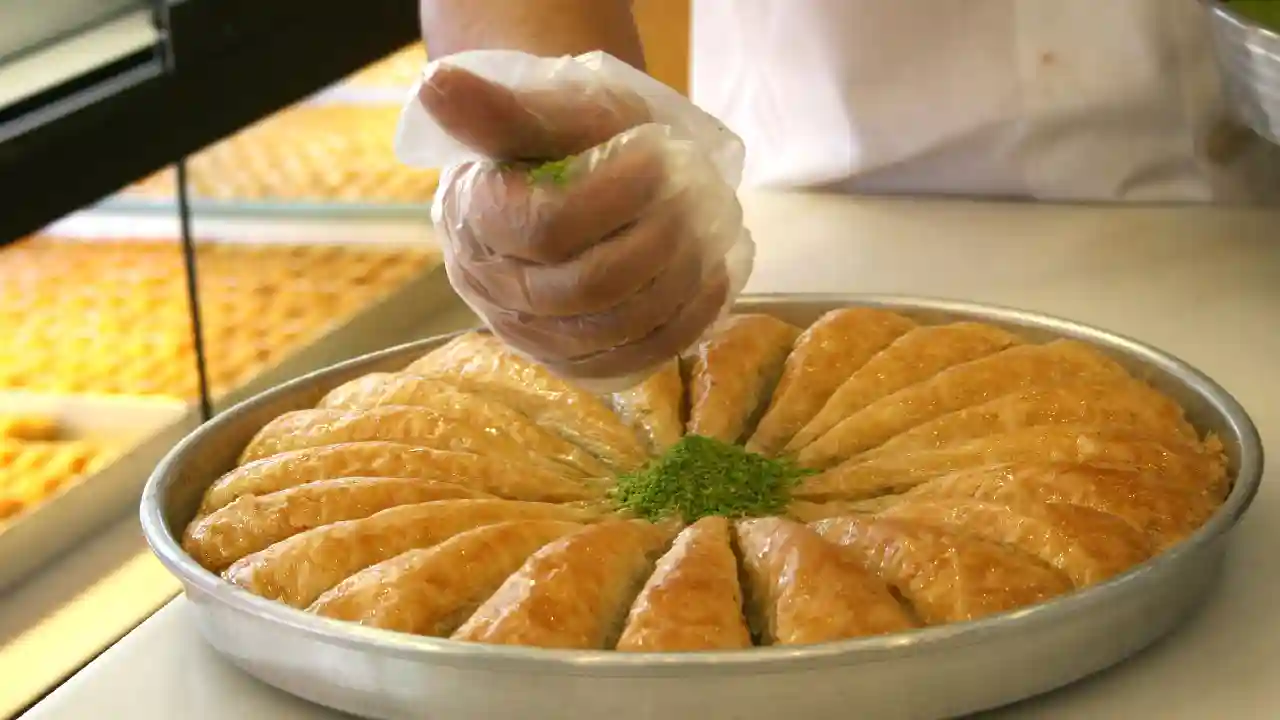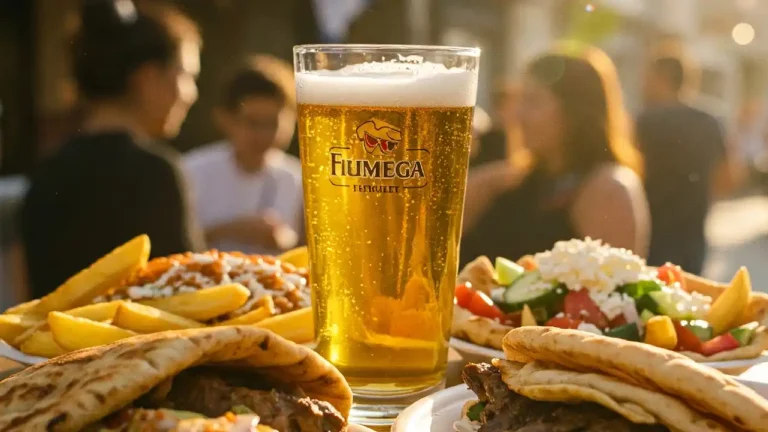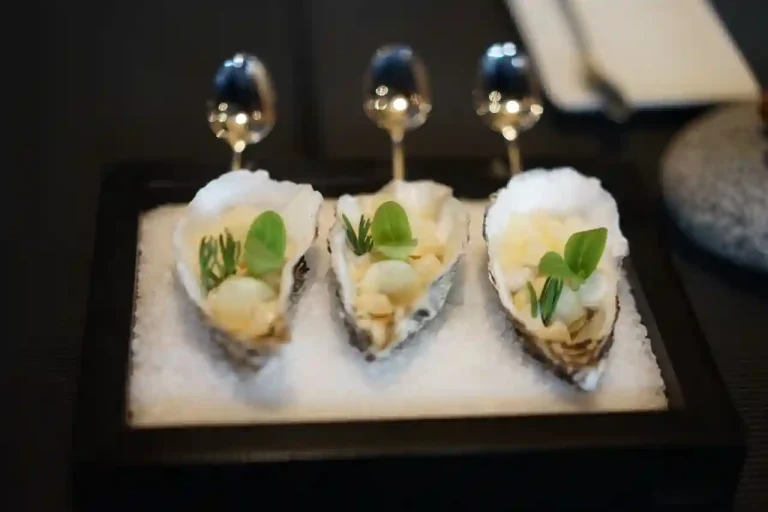Greek Baklava: A Sweet Symphony of Flaky Layers
Greek baklava is a quintessential dessert, a symphony of crispy phyllo dough, rich nuts, and a heavenly honey syrup. This delectable treat has captivated taste buds for centuries, and it’s no wonder why. With its delicate layers and intoxicating aroma, Greek baklava is a true culinary masterpiece.
What Makes Greek Baklava So Special?
Greek baklava is renowned for its unique combination of flavors and textures. The secret lies in the high-quality ingredients and the meticulous preparation process. The phyllo dough, paper-thin and buttery, is meticulously layered to create a flaky and crisp base. This is then generously filled with a mixture of finely chopped walnuts, cinnamon, and other aromatic spices. The crowning glory is the fragrant honey syrup that infuses the baklava with its signature sweetness and rich flavor.
Greek Baklava vs. Turkish Baklava: What’s the Difference?
While both Greek and Turkish baklava share a common heritage, there are subtle differences that set them apart. Greek baklava typically uses walnuts as the primary nut filling, while Turkish baklava often incorporates pistachios. Additionally, Greek baklava tends to have a more pronounced honey flavor in the syrup, whereas Turkish baklava might lean towards a citrusy note. However, the most significant distinction lies in the texture. Greek baklava boasts a crispier and flakier exterior, while Turkish baklava is often softer and chewier.
The Authentic Ingredients of Greek Baklava
To truly savor the authentic taste of Greek baklava, it’s essential to use the finest ingredients. The phyllo dough should be fresh and delicate, ensuring a perfectly flaky texture. High-quality walnuts, roasted to perfection, provide the heart of the filling. The honey syrup is traditionally made with pure honey, water, and a touch of lemon juice for a balanced sweetness. These authentic ingredients contribute to the unparalleled flavor and aroma of this beloved dessert.
Is Baklava Truly Greek?
The origins of baklava are a subject of debate, with both Greece and Turkey claiming it as their own. While the exact birthplace remains uncertain, there’s no denying that Greek baklava has a distinct identity and has been an integral part of Greek culinary heritage for centuries. Whether it originated in Greece or elsewhere, it has undoubtedly become synonymous with Greek cuisine.
Phyllo: A Greek or Turkish Creation?
Like the baklava itself, the origins of phyllo dough are shrouded in mystery. It’s a delicate pastry dough used in various cuisines across the Mediterranean and Middle East. While both Greece and Turkey have strong claims to its invention, the truth is likely lost to time. Regardless of its birthplace, phyllo dough is an essential component of Greek baklava, contributing to its signature flaky texture.
Is Baklava Healthy?
Baklava, like most desserts, is not considered a health food due to its high sugar and fat content. However, it can be enjoyed in moderation as part of a balanced diet. The nuts in baklava provide some nutritional value, containing healthy fats and protein. Additionally, some people believe that honey has potential health benefits. Nevertheless, it’s important to consume baklava mindfully and savor it as an occasional treat.
Why is Baklava So Expensive?
The relatively high cost of baklava can be attributed to several factors. First, the meticulous preparation process is labor-intensive, requiring skilled bakers to create the delicate layers of phyllo dough. Second, the high-quality ingredients, such as fresh phyllo, premium nuts, and pure honey, contribute to the overall expense. Finally, the limited shelf life of baklava means that it’s often produced in small batches, further impacting the price.
How to Tell if Baklava is Good
A truly exceptional baklava is a delight for the senses. The phyllo should be crisp and flaky, with a buttery richness. The nut filling should be evenly distributed and packed with flavor. The honey syrup should be perfectly balanced, not too sweet or overpowering. The overall texture should be a harmonious blend of crisp, chewy, and tender. When you take a bite, the flavors should explode in your mouth, leaving you craving another piece.
Conclusion
Greek baklava is more than just a dessert; it’s a cultural treasure and a testament to the artistry of Greek cuisine. With its delicate layers, rich flavors, and irresistible sweetness, it has captivated the hearts and taste buds of people around the world. Whether you’re a seasoned baklava aficionado or a curious newcomer, this delectable treat is sure to leave a lasting impression.
So, indulge in the magic of Greek baklava and experience the pure joy of this culinary masterpiece.








